Getting Started in Business Analysis
Length:
In-person classes –2 day / Virtual (Live online) – 4 sessions
Overview:
Are you new to Business Analysis? Are you not sure what a Business Analyst does? Whether you are fresh out of college, have little to no project experience or are simply looking to understand this profession better, this course provides participants with a foundation for a career in business analysis. Understanding and applying the core Business Analysis (BA) skills on projects helps organizations to achieve their goals and objectives. Organizations that employ Business Analysts with strong skills on their projects help them to stay competitive in the ever-changing marketplace.
Participants will learn what Business Analysis is and how the Business Analyst impacts the organization. This course explores the professional skills of the Business Analyst and lets the participants practice those skills in a safe environment. Additionally, participants will understand the importance of stakeholders and how to build relationships for project success.
Through a realistic exercises and role plays the participants will learn how to build their professional skills sets, build relationships, practice eliciting, documenting, and reviewing requirements with stakeholders.
Pre-requisites: None
Skill Level: Basic
Audience:
People moving into the BA role from the business or from a different IT job who have had little to no training. Anyone who is seeking a career in Business Analysis.
PDUs/CDUs: 14 CEUs: 1.4
To help assimilate the tools and techniques learned, there is a mixture of individual and team exercises throughout the course. Students will need to be prepared for a high level of participation. Each participant will receive a comprehensive student guide complete with examples and workshop solutions.
Objectives:
Upon successfully completing this course, participants will be able to understand:
- What business analysis is and how it is used.
- What projects are and the roles that support them.
- The professional skills of a business analyst.
- Meeting managment.
- Clear communication techniques.
- How to build and understand relationships.
- How to identify the various levels of requirements.
- Business, project and requirements context.
- How to identify stakeholders.
- How to elicit requirements through interviews, observation, and document analysis.
- The various models that may be used by business analyst.
- How to capture requirements and review with stakeholders.
Content:
So you want to be a Business Analyst!
Define what it means to analyze something
Define what business analysis is
Define the role of the business analyst
Exercise: Identify personal characteristics of a business analyst
Career path of a business analyst
Where do BAs come from?
The many titles of Business Analyst
Business analyst career path
How to become a business analyst
IIBA & BA Body of Knowledge
Average salary overview
Exercise: Value of the business analyst to the organization.
Projects and the Business Analyst
What is a project?
Why do projects get initiated?
Types of projects What is a process?
Exercise: Project versus process
Requirements approaches & the business analyst: Plan vs. Change driven
Waterfall
Incremental
Agile
Common BA activities by SDLC
Project roles (PM, DEV, QA, Sponsor, SMEs, Stakeholders)
BA & PM partnership
Exercise: Identifying key responsibilities by role
A Business Analyst’s Tool Set
Communication venues & etiquette
Communication media considerations
In person etiquette
Meeting etiquette
Phone & voice mail etiquette
Phone conference etiquette
Email etiquette
Video/web conference etiquette
Exercise: Selecting appropriate communications medium
Good communication skills
Communication model
Types of communication
Exercise: how personal interpretation gest in the way of clear communication
Tips to a great conversation
LAMP communications
Listen
Ask
Mirroring
Paraphrazing
Barriers to communication
Exercise: Practicing LAMP communications
Unlocking the secrets to Meeting Management
Is the meeting really necessary
Meeting alternatives
Meeting management steps
Preparation checklist
Creating an agenda
Opening the meeting checklist
Closing the meeting checklist
Meeting follow-up checklist
Exercise: Plan for a meeting
How to build trusting relationships with stakeholders
Trust model
Exercise: Building trust
So what is a Requirement?
Requirements defined
Definition of a requirement
Requirement classifications
Business
Stakeholder
Functional
Non-Functional
Transition
Definition of a business rule
Business rule checklist
Requirements versus business rules
Assumptions and constraints
Analysis versus design
Exercise: practice distinguishing different types of requirements
Where do I Begin?
Business analysis…a simplified process
Understanding context
What is context
Business, project & requirements context
Where to start
Exercise: Understanding the importance of context
Identifying Stakeholders
Define stakeholder
Identify types of stakeholders
Where to find stakeholders
Stakeholder identification checklist
Exercise: Identifying stakeholders on a project
How do I elicit requirements?
Elicitation defined
Common elicitation techniques
Elicitation process: PCDC
Interviewing
Interviewing types
Strengths & weaknesses
Effective interviewing tips
Open vs closed questions
Exercise: Practice interviewing using closed & open questions
Observation / shadowing
Observation types
Strengths & weaknesses
Effective observation tips
Exercise: Revealing Tacit information
Document Analysis
Document analysis types
Strengths & weaknesses
Effective document analysis tips
Exercise: The challenges of document analysis
Scribing elicitation results
BAs make the best scribes
When a scribe is needed
What to capture
When scribing for self
When scribing for someone else
Exercise: Practice scribing
What models?
Model defined
Benefits of modeling
Common models used in analysis
Scope models
Functional decomposition
Process Map
Swim lanes
Entity relationship diagram
Data flow diagram
CRUD matrix
State Diagram
Use Case Model
User interface prototype
Exercise: Identifying models
How do I document and review requirements?
Documenting requirements
What to document
Common documentation challenges
Characteristics of “good” requirements
Clear
Complete
Concise
Confirmed
Consistent
Testable
Requirement decomposition
Exercise: Documenting requirements
Reviewing requirements
Types of requirements reviews
Why conduct reviews?
Exercise: Conducting an informal review of requirements
NOTE: This outline is subject to change.
